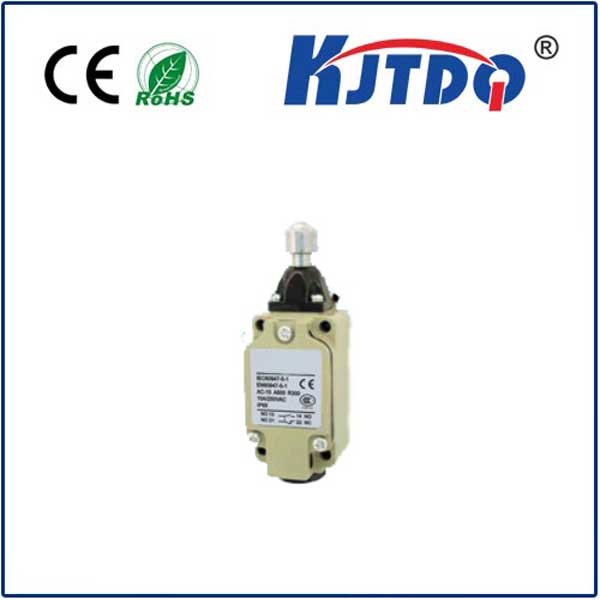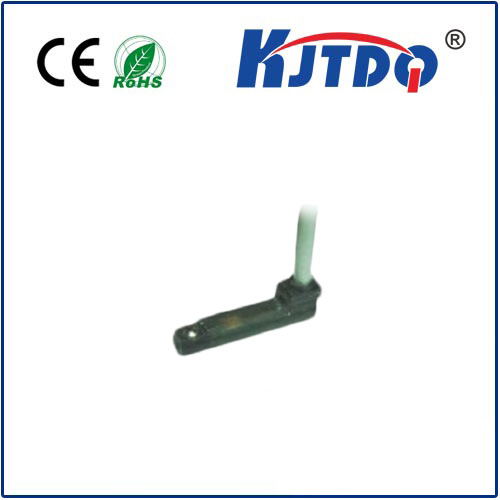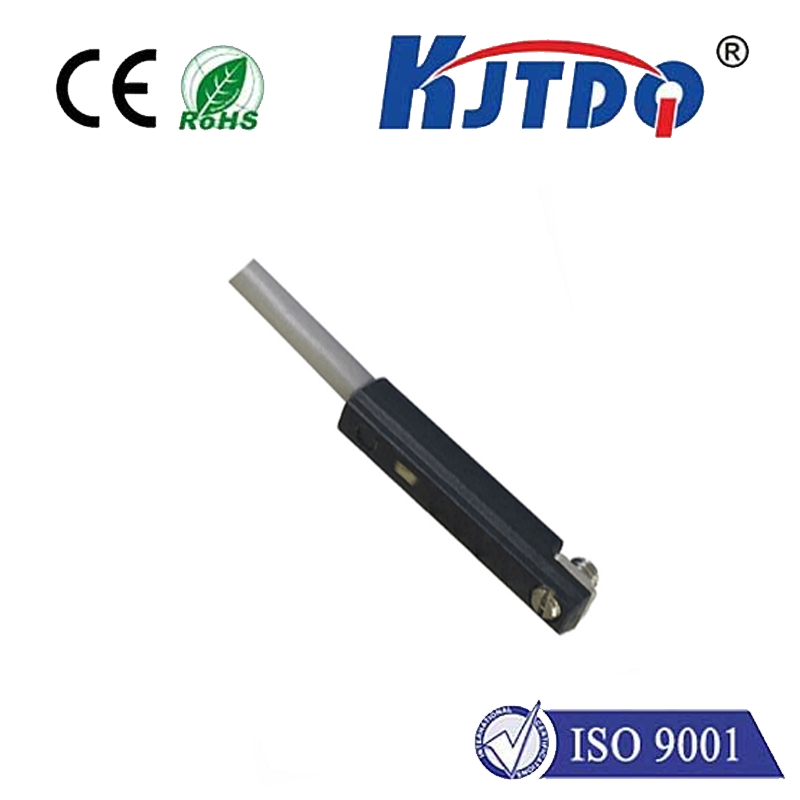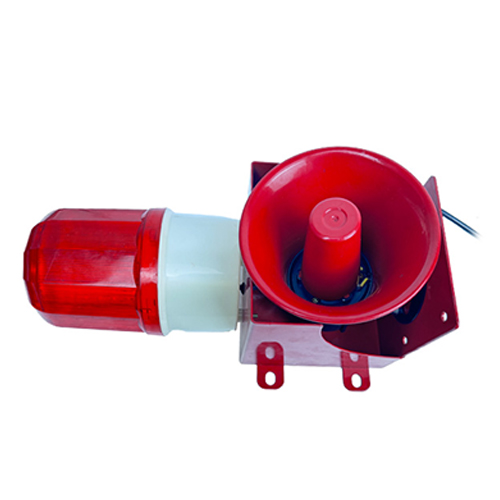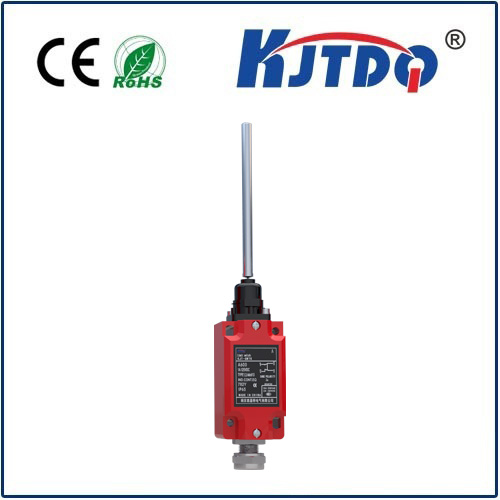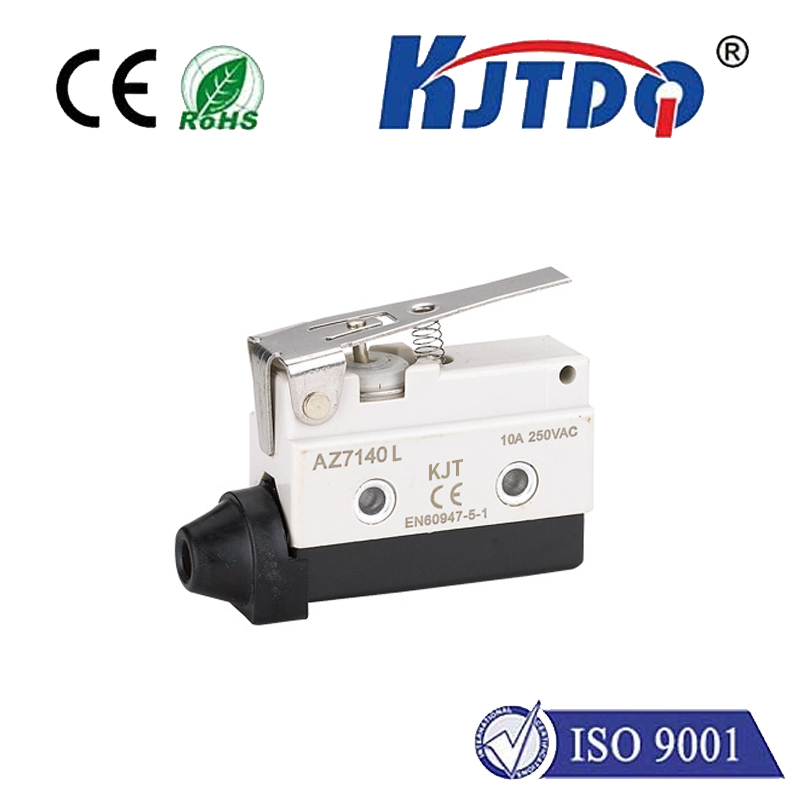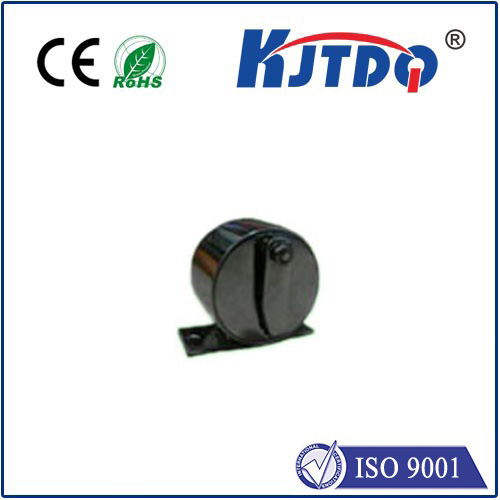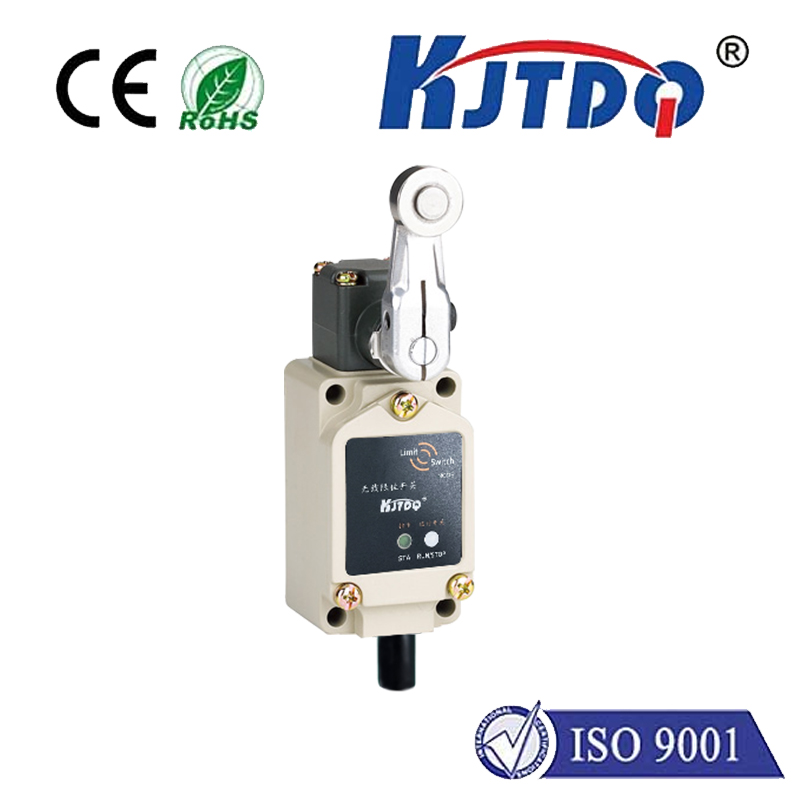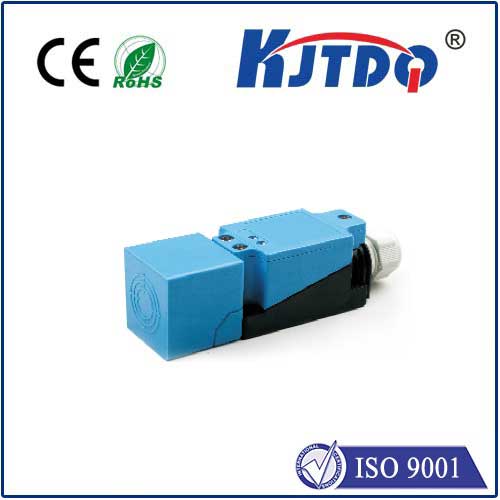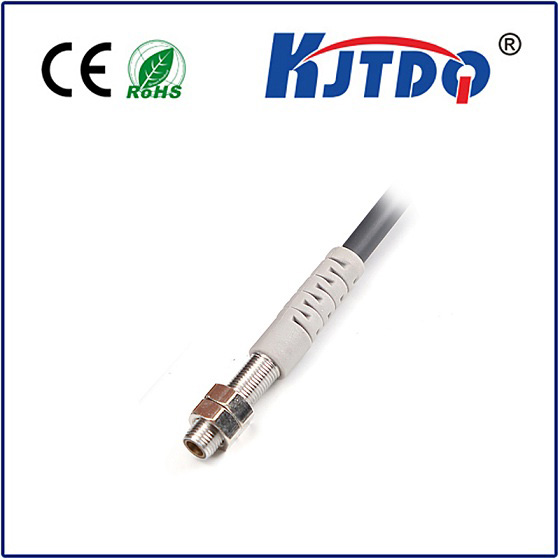small temperature sensor
- time:2025-08-22 01:53:56
- Нажмите:0
Big World of Small Temperature Sensors: Where Miniature Meets Mighty Measurement
Imagine your morning coffee brewed perfectly hot, your smartphone warning you it’s overheating, or your smartwatch tracking your workout intensity. Unseen in these everyday moments is a critical player: the small temperature sensor. These tiny titans are the unsung heroes orchestrating thermal stability, enabling safety features, and unlocking data-driven insights across an astonishingly broad range of industries, from the medical device in your hand to the engine under your car’s hood. Their diminutive size belies their colossal impact, making them a cornerstone of modern technology.
Why Small Matters: Beyond Just Fitting In
The push towards miniaturization in electronics isn’t purely an aesthetic choice. Reducing the size of a thermal sensor offers numerous concrete advantages:
- Space-Critical Environments: Devices like smartphones, earbuds, wearables, and intricate medical implants demand compact thermal sensors. There’s simply no room for bulky probes. A miniature temperature probe integrates seamlessly without compromising design or function.
- Minimal Thermal Disturbance: A physically small sensor inherently has a lower thermal mass. It heats up and cools down much faster than a larger counterpart, enabling rapid response times crucial for monitoring fast-changing processes. Critically, it also minimizes its own impact on the temperature it’s trying to measure – a larger sensor might act as a heatsink or heat source.
- Point Accuracy: Small size allows for precise temperature monitoring at very specific locations. This is vital in scenarios like measuring a specific chip junction on a densely packed circuit board or the core body temperature from skin contact.
- Scalability and Integration: Small sensors are easier to manufacture in high volumes and integrate directly onto PCBs (Printed Circuit Boards) or even into silicon chips themselves (System-on-Chip, SoC), reducing complexity and cost at scale.
From Your Pocket to the Factory Floor: Diverse Applications

The versatility of miniature temperature sensors is staggering. Here’s where they make a significant difference:
- Consumer Electronics: Inside your smartphone, compact thermal sensors protect processors (SoCs) from overheating. They manage battery temperature in laptops and tablets. Smartwatches and fitness trackers rely on them for skin temperature monitoring and environmental sensing. Even your smart thermostat and coffee maker utilize these tiny sentinels.
- Healthcare & Medical Devices: Reliability is paramount here. Small sensors monitor body temperature in wearable patches and digital thermometers. They control heating elements in incubators and ensure precise temperatures in diagnostic equipment and portable health monitors.
- Industrial Automation & Process Control: Precision temperature monitoring is critical for maintaining quality and safety in manufacturing. Compact sensors are embedded in motors, bearings, and control cabinets to prevent overheating failures. They regulate process temperatures in chemical reactors, food production lines (ensuring pasteurization/cooling), and pharmaceutical manufacturing.
- Automotive: Modern vehicles are packed with sensors. Small temperature probes monitor engine coolant, transmission fluid, cabin climate, battery packs in EVs (critical for performance and safety), and exhaust gases (for emissions control).
- HVAC & Building Management: Efficient climate control relies on distributed sensing. Small sensors in individual rooms, ducts, and equipment enable zoned heating and cooling, optimizing energy use and occupant comfort.
- Воздушно - космические и Оборона: Subjected to extreme environments, miniature temperature sensors provide critical thermal data for avionics cooling, engine performance monitoring, and environmental control systems within strict size and weight constraints.
- IoT (Internet of Things): The proliferation of IoT devices hinges on low-power, compact sensors. Small temperature sensors are fundamental components in environmental monitoring stations, smart agriculture setups (soil, greenhouse), and asset tracking systems.
Behind the Tiny Package: Key Technologies
Several sensor technologies excel in small form factors:
- Thermistors: Often the go-to for small temperature sensors, thermistors (thermally sensitive resistors) offer high sensitivity within limited temperature ranges. They are cost-effective and come in extremely small SMD (Surface Mount Device) packages, making them ideal for compact thermal sensor applications in consumer electronics. NTC (Negative Temperature Coefficient) types are most common, where resistance decreases as temperature increases.
- RTDs (Resistance Temperature Detectors): Known for high accuracy and stability over longer periods, platinum RTDs (like PT100/PT1000) are available in miniature forms. While generally larger than thermistors, chip-scale RTDs offer excellent precision temperature monitoring in critical industrial and medical applications.
- Semiconductor Sensors (IC Sensors): These integrate the sensing element, signal conditioning, and sometimes digital interfaces (like I2C or SPI) onto a single silicon chip. This creates highly integrated, easy-to-use digital temperature sensors in very small packages. They offer good accuracy and linearity and are ubiquitous in computing and digital systems.
- Thermocouples: While generally less miniaturized than the others, specialized thin-film or microfabricated thermocouples exist for niche applications requiring small size combined with wide temperature range capability.
Challenges in Shrinking the Thermometer
While the benefits are immense, miniaturization presents hurdles for Температурная индукция:
- Calibration & Accuracy: Achieving and maintaining high accuracy in a tiny package is complex. Manufacturing variations and the influence of the sensor’s own connection wires become more significant. Advanced calibration techniques and design are essential.
- Self-Heating: Passing current through a tiny sensing element inherently generates heat. Careful design is needed to minimize this self-heating effect, especially for high-accuracy applications.
- Signal Conditioning: Small analog sensors (like tiny thermistors) produce weak signals susceptible to electrical noise. Often, signal amplification and conversion (to digital) need to be located nearby, requiring careful PCB layout or integration (as seen in IC sensors).
- Mechanical Fragility: Very small components are inherently more delicate, requiring robust packaging and careful handling during assembly.
Choosing the Right Miniature Sensor: Key Considerations
Selecting the optimal small temperature sensor requires evaluating several factors beyond just size:
- Required Temperature Range: Does the application involve cryogenic temps, high heat, or a narrow ambient window?
- Accuracy & Stability Needs: How critical is the absolute temperature reading? Does it need to remain calibrated over years?
- Response Time: How quickly must the sensor react to temperature changes?
- Environmental Factors: Will it face moisture, chemicals, vibration, or electrical noise?
- Output Interface: Is analog (voltage/resistance) or digital (I2C, SPI) output preferred for easier system integration? IC sensors excel here.
- Power Consumption: Crucial for battery-powered devices like wearables and IoT sensors.
- Cost Constraints: Balances performance needs with project budgets.
The Future: Smaller, Smarter, More Connected
The evolution of the small temperature sensor continues relentlessly. Research focuses on:
- Further Miniaturization: Nanotechnology and MEMS (Micro-Electro-Mechanical Systems) techniques promise sensors even smaller than a grain of sand.
- Enhanced Integration: More sensors incorporating multiple sensing elements (e.g., temp + humidity) or combining sensing with wireless communication modules (e.g., Bluetooth Low Energy tags).
- Improved Materials & Designs: For higher accuracy, wider ranges, and better resistance to harsh environments, all within tiny footprints.
- Lower Power Consumption: Enabling energy-harvesting powered sensors for truly maintenance-free IoT applications.
- AI-Driven Analytics: Sensors providing not just raw data,

